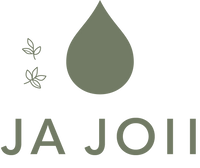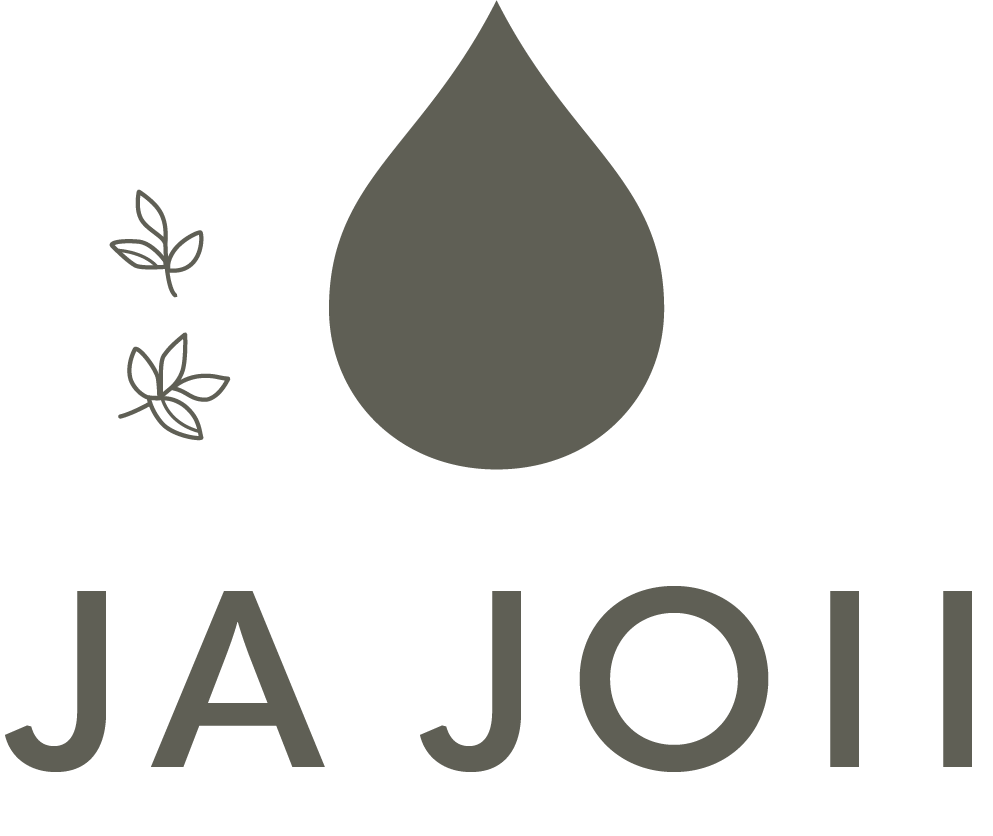Your baby’s hips are growing fast—and your baby carrier plays a bigger role in that development than you might think.
From newborns to toddlers, your carrier should do more than just hold your child. It should support proper positioning, promote healthy joint development, and grow with your baby over time.
In this guide, we break down why baby hip health matters, what to look for in a baby ergo or toddler hip carrier, and how the right carrier can protect your baby’s body while giving you everyday freedom.
Why Baby Hip Health Is So Important
In the first year of life, your baby’s hips are still forming.
Without proper support, some carriers can put your baby at risk of:
-
Hip dysplasia (when the hip joint is loose or misaligned)
-
Discomfort or pressure from dangling leg positions
-
Limited range of motion that restricts healthy development
This is why pediatricians and orthopedic experts recommend M-position support—a natural posture where:
-
The baby’s knees are higher than their bottom
-
Legs are spread apart and supported from knee to knee
-
The spine and hips are gently curved in a seated position
What Is a Baby Ergo Carrier?
A baby ergo (ergonomic) carrier is designed to:
-
Distribute baby’s weight evenly
-
Support the baby’s hips in the M-position
-
Reduce strain on the wearer’s back and shoulders
-
Adjust to different carrying styles (front, side, or hip carry)
This kind of carrier works best for parents looking to wear their baby often and comfortably, especially during long outings or travel.

Types of Carriers and Their Impact on Hip Health
1. Toddler Hip Carrier
Great for quick carries and older babies, but not all are created equal.
-
Look for structured hip support that keeps legs lifted
-
Avoid designs that allow baby’s legs to dangle
-
Ideal for on-the-go toddlers who want up and down often
Best for: Parents needing a carrier for short trips or quick transitions
2. Baby Ergo Structured Carrier
-
Offers full ergonomic support for baby’s hips and spine
-
Distributes weight across your shoulders and waist
-
Can be used from 6 months to 5 years, depending on design
Best for: Parents who need an all-day, all-purpose carrier with hip-safe design
3. Wraps and Slings
Some wraps naturally support the M-position, but:
-
They can become loose with wear, requiring frequent adjustment
-
Some slings may place weight unevenly on the hips if not fitted correctly
Best for: Early bonding but not always ideal for hip development as the child grows
Signs Your Carrier May Not Be Hip-Healthy
Check for these red flags:
-
Legs hang straight down without thigh support
-
Baby’s knees are below their hips
-
There’s no seat or fabric supporting baby’s thighs
-
You notice your baby seems restless or uncomfortable in the carrier

Why Ja Joii Supports Healthy Hip Development
Ja Joii was created with both baby and parent comfort in mind—and designed to fully support hip-healthy positioning from 6 months to toddlerhood.
-
Promotes the M-position in every carry
-
Features a built-in, ergonomic seat with structured thigh support
-
Adapts to front, hip, and side carries
-
Designed for the toddler age range without compromising posture
-
Provides even weight distribution for long-lasting comfort
Whether you're on a short walk or a long outing, Ja Joii offers pediatric-recommended hip support that grows with your child.
Final Thoughts: Choose a Carrier That Protects Your Baby’s Body
Hip health isn’t just a buzzword—it’s foundational to your baby’s comfort, movement, and growth.
When shopping for a baby carrier or toddler hip carrier, make sure it:
-
Encourages a natural seated position
-
Supports from knee to knee
-
Keeps hips and spine aligned
-
Adjusts as your baby grows
Ja Joii checks every box—and makes babywearing comfortable, compact, and hip-safe from day one.


